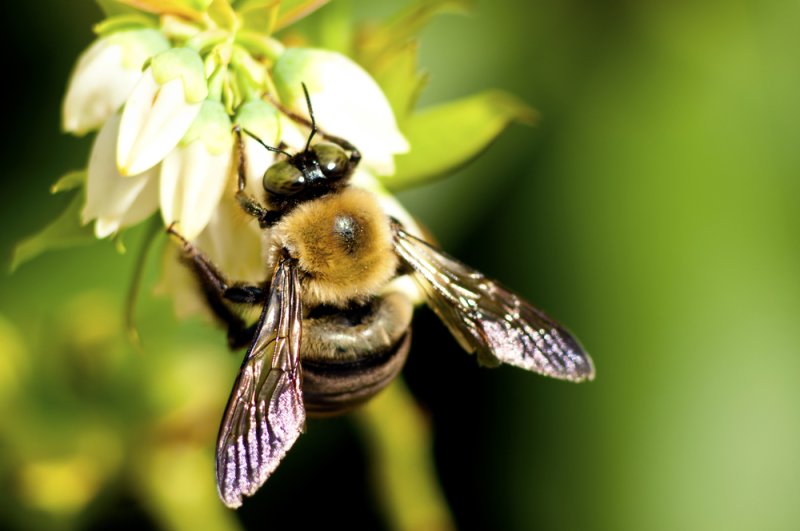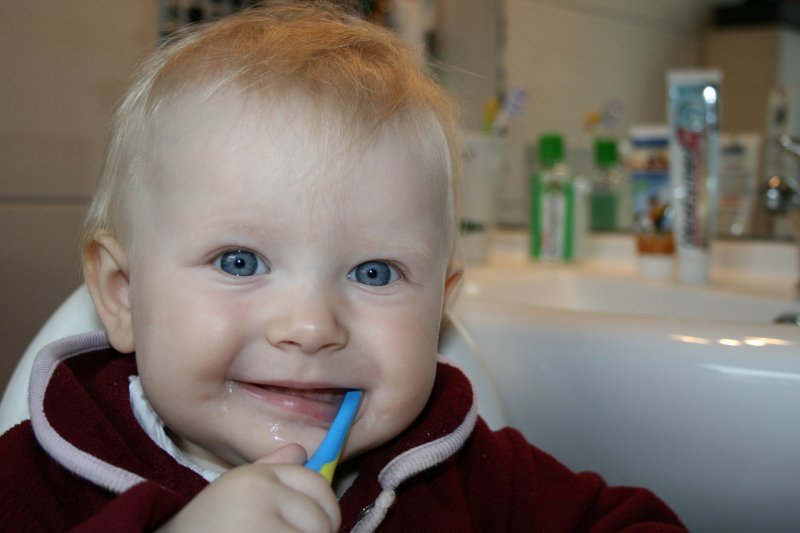
A new study has found links between belief in inaccurate information about the COVID-19 vaccines and depression.
File photo by Debbie Hill/UPI | License Photo
Jan. 21 (UPI) -- People who experience symptoms of depression may be more susceptible to online misinformation about COVID-19 vaccines, a study published Friday by JAMA Network Open found.
Among more than 15,000 adults age 18 years and older surveyed, those who reported symptoms of major depressive disorder were more than twice as likely to endorse at least one vaccine-related statement that included misinformation, the data showed
Respondents who endorsed at least one statement of vaccine misinformation were 60% less likely to be vaccinated and nearly three times more likely to describe themselves as resistant to getting vaccinated, the researchers said.
"Depression appears to make people more susceptible to absorbing misinformation, at least about the COVID vaccine," study co-author Dr. Roy Perlis told UPI via email.
RELATED CDC: Depression, anxiety continue rise in U.S. due to COVID-19 pandemic
The findings are "just another reminder that we need to do better in ensuring people can get treatment if they need it," said Perlis, director of the Center for Quantitative Health at Massachusetts General Hospital in Boston.
Major depressive disorder, or depression, is defined as having at least two weeks of low mood, low self-esteem and loss of interest in daily activities, according to the National Institute of Mental Health.
The percentage of adults reporting symptoms of depressive disorders in the United States rose by 17% in 2020-21, during the height of the COVID-19 pandemic, the Centers for Disease Control and Prevention estimates.
Misinformation, sometimes called "fake news," refers to any claims or depictions that are inaccurate, according to the American Psychological Association.
In this study, Perlis and his colleagues asked respondents to rate their level of agreement with statements of vaccine-related misinformation such as, "The COVID-19 vaccines will alter people's DNA" or "The COVID-19 vaccines contain microchips that could track people."
Other misinformation examples used in the survey included, "The COVID-19 vaccines contain the lung tissue of aborted fetuses" and "The COVID-19 vaccines can cause infertility, making it more difficult to get pregnant," the researchers said.
RELATED Study: 'Bots' primary source of misinformation on COVID-19 on Facebook
Among the 15,464 people surveyed, 27% had moderate or severe depressive symptoms and 19% endorsed at least one of the misinformation statements provided by the researchers, the data showed.
"People who are depressed can sometimes see the world with dark- rather than rose-colored glasses -- that is, they can have a bias toward paying attention to negative over positive information," Perlis said.

"So, depression can put a finger on the scale, changing how people make decisions about vaccination," he said.
However, just because someone believes vaccine-related misinformation does not mean they have a mental illness, according to Perlis, and experts believe misinformation is a threat to anyone, not just those who may be struggling with depressive symptoms.
"We are constantly exposed to misinformation online, particularly on social media, and elsewhere," John W. Ayers, co-founder of the Center for Data Driven Health at the Qualcomm Institute at the University of California, San Diego, told UPI in a phone interview.
"Misinformation existed before the pandemic, so this is not a new problem, and it is important that we see it as a threat to all of us, not just certain people," said Ayers, who has researched the topic.
Jan. 21 (UPI) -- People who experience symptoms of depression may be more susceptible to online misinformation about COVID-19 vaccines, a study published Friday by JAMA Network Open found.
Among more than 15,000 adults age 18 years and older surveyed, those who reported symptoms of major depressive disorder were more than twice as likely to endorse at least one vaccine-related statement that included misinformation, the data showed
Respondents who endorsed at least one statement of vaccine misinformation were 60% less likely to be vaccinated and nearly three times more likely to describe themselves as resistant to getting vaccinated, the researchers said.
"Depression appears to make people more susceptible to absorbing misinformation, at least about the COVID vaccine," study co-author Dr. Roy Perlis told UPI via email.
RELATED CDC: Depression, anxiety continue rise in U.S. due to COVID-19 pandemic
The findings are "just another reminder that we need to do better in ensuring people can get treatment if they need it," said Perlis, director of the Center for Quantitative Health at Massachusetts General Hospital in Boston.
Major depressive disorder, or depression, is defined as having at least two weeks of low mood, low self-esteem and loss of interest in daily activities, according to the National Institute of Mental Health.
The percentage of adults reporting symptoms of depressive disorders in the United States rose by 17% in 2020-21, during the height of the COVID-19 pandemic, the Centers for Disease Control and Prevention estimates.
Misinformation, sometimes called "fake news," refers to any claims or depictions that are inaccurate, according to the American Psychological Association.
In this study, Perlis and his colleagues asked respondents to rate their level of agreement with statements of vaccine-related misinformation such as, "The COVID-19 vaccines will alter people's DNA" or "The COVID-19 vaccines contain microchips that could track people."
Other misinformation examples used in the survey included, "The COVID-19 vaccines contain the lung tissue of aborted fetuses" and "The COVID-19 vaccines can cause infertility, making it more difficult to get pregnant," the researchers said.
RELATED Study: 'Bots' primary source of misinformation on COVID-19 on Facebook
Among the 15,464 people surveyed, 27% had moderate or severe depressive symptoms and 19% endorsed at least one of the misinformation statements provided by the researchers, the data showed.
"People who are depressed can sometimes see the world with dark- rather than rose-colored glasses -- that is, they can have a bias toward paying attention to negative over positive information," Perlis said.

"So, depression can put a finger on the scale, changing how people make decisions about vaccination," he said.
However, just because someone believes vaccine-related misinformation does not mean they have a mental illness, according to Perlis, and experts believe misinformation is a threat to anyone, not just those who may be struggling with depressive symptoms.
"We are constantly exposed to misinformation online, particularly on social media, and elsewhere," John W. Ayers, co-founder of the Center for Data Driven Health at the Qualcomm Institute at the University of California, San Diego, told UPI in a phone interview.
"Misinformation existed before the pandemic, so this is not a new problem, and it is important that we see it as a threat to all of us, not just certain people," said Ayers, who has researched the topic.











